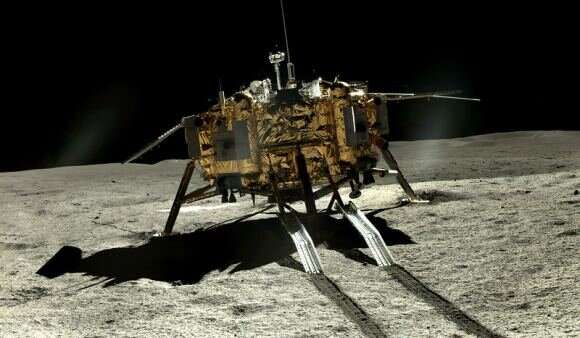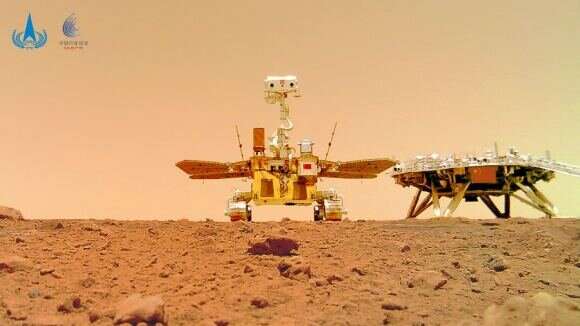This proposal comes at a time when China has been achieving multiple milestones in space. Earlier this year, China became the second nation in the world to successfully land a rover on the surface of Mars and the first to land a mission that consisted of an orbiter, lander and rover. Two years ago, China became the first nation to land a robotic mission on the far side of the moon (the Chang'e-4 lander and rover).
This ambitious proposal was one of ten submitted by The National Natural Science Foundation of China at a meeting in Beijing earlier this month. Each of these projects has been awarded $2.3 million (the equivalent of ¥15 million) in funding to further research and development. One of the project's main goals will reportedly be to find ways to keep the spacecraft's mass down while ensuring they are structurally sound enough to launch to orbit.
According to the project outline published by the Chinese foundation and cited by the South China Daily Mail (SCDM), the spacecraft elements will be built on Earth and then launched individually to orbit to be assembled in space. The same outline specifies that this spacecraft will be "a major strategic aerospace equipment for the future use of space resources, exploration of the mysteries of the universe and staying in long-term."
Given the specifications cited in the document, there is a great deal of skepticism about this proposal. For starters, it would take a ridiculous number of launches to deploy all of the necessary elements to space. For comparison, the International Space Station (ISS) is the largest artificial structure ever assembled in orbit. Yet, it took dozens of launches and many years to assemble and at considerable cost to all its participants.

The largest elements went up first, which included NASA's Destiny and Unity modules, the Soviet-Russian Zarya and Zvezda modules, as well as the Integrated Truss Structure (ITS) and solar arrays. It took 42 assembly flights to deliver these elements, 36 of which were performed using the space shuttle, while the remainder were conducted with the Russian Proton or Soyuz-U launchers.
Since assembly began in 1998, no less than 232 extravehicular activities (EVAs) were required to assemble and maintain them. All told, the ISS has cost a total of $150 billion to develop and build, with NASA and Roscosmos incurring the majority of these expenses. The station also requires $4 billion a year for operations and general upkeep, a burden that is shared today by 15 member nations and their respective space programs.
And yet, the ISS measures 109 meters (356 ft) from end to end, whereas the proposed Chinese platform calls for a structure at least 20 times that size. Based on the roughest of estimates, it would be safe to say that a spacecraft "spanning kilometers" would cost upwards of $3 trillion (or close to ¥20 trillion). However, as part of China's 14th Five-Year Plan (2021-25), the proposal appears to be aimed at merely studying the in-orbit assembly of an extra-large spacecraft.
Do we dare hope that the words "ultra-large spacecraft" are an allusion to a space elevator in this context? It's not the most far-fetched assumption, given that space elevators have come back into vogue in recent years. Thanks to the development of carbon nanotubes, graphene, diamond nanofilament, and other supermaterials, space agencies, and architectural firms worldwide have been investigating the concept with renewed interest.
During China's sixth annual "National Space Day," there were indications that the country is interested in pursuing a Starship-like spacecraft and spaceplanes. And more recently, China announced plans to conduct crewed missions to Mars by 2033 as part of a long-term plan to build a permanent base there, thus superseding NASA's plan to send astronauts there in the next decade).
Whatever the long-term goal is with this kilometer-spanning spacecraft proposal, it is clear that China is taking its newfound status as a major space player very seriously. It's also clear that they intend to expand on that in the coming years, to the point that they would replace NASA and Roscosmos to become the world's leading power in space.
Explore further



